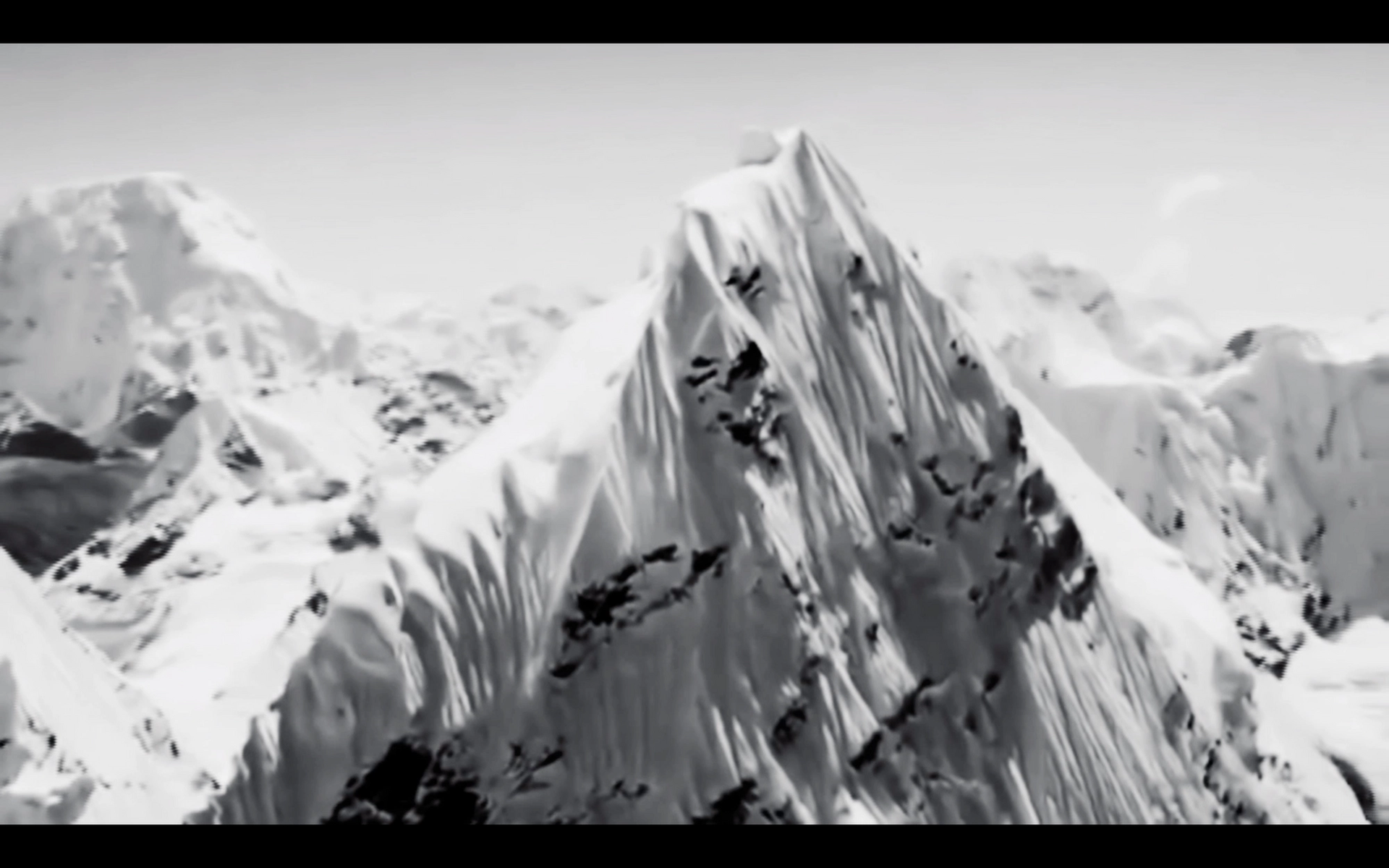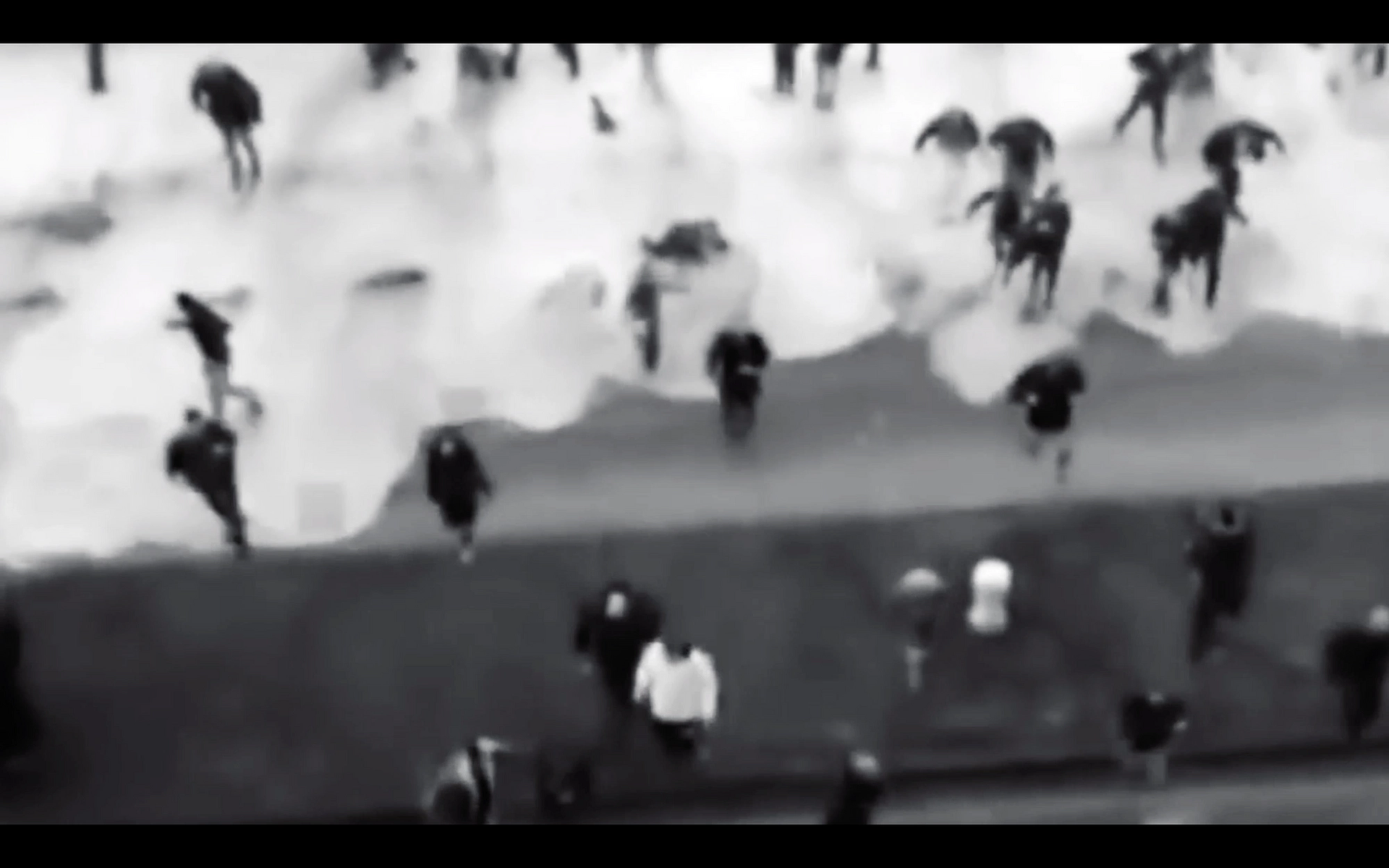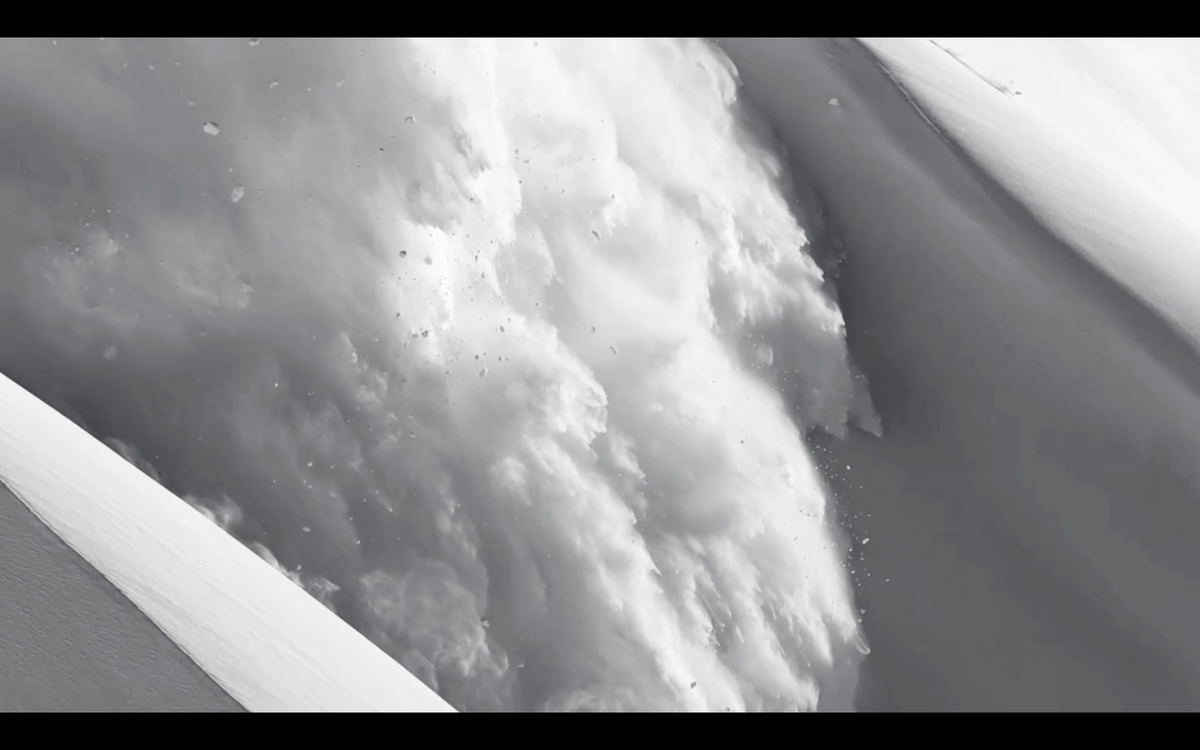Nature (La Nature) is a disaster film, but one of multiple disasters—floods, tsunamis, volcanic eruptions, cyclones. These events are shown in monumental black and white, but they are not locked into a history that is behind us. The hour-long observation of nature at its most threatening is the work of the veteran film-maker Artavazd Peleshian, aged 83, an artist whose career dates to the Soviet era. Nature is his first film in 30 years and took 15 years to make.
Andy Warhol tinted and framed photographs of car crashes. Jean Luc Godard’s camera moved slowly past auto wrecks in Weekend (1967), a jab at consumerism. Peleshian has the classic aesthetic and the broad vistas of an earlier generation. His disasters are destructive, but they can be seductive, far more spectacular than fireworks, dazzlingly hypnotic. Without any narration, the images are still more than eloquent.
Maybe it is more than a coincidence that his film was funded by Fondation Cartier in Paris, the jewellery firm’s cultural arm. Or that its premiere at the New York Film Festival came soon after the 20th anniversary of the 11 September attacks, described by the painter Ford Crull, who was at Ground Zero, as “gorgeously horrible”. The box office shows that disaster can be just what commercial movies want, romantic danger, while the film critic David Thomson calls his forthcoming book on the genre Disaster Mon Amour.

A still from Nature by Artavazd Peleshian. © Fondation Cartier pour l’art contemporain
Nature is a collage of found footage, beginning with radiant celestial views of mountains and landscapes at high altitude, above the clouds. That serenity does not last long, however, as Peleshian’s lens moves downward, to show those landscapes coming apart, with volcanoes erupting like fireworks, and lava flowing like rivers of thick paint. Sometimes, he sets these images to Mozart or to Beethoven’s Missa Solemnis, sometimes to pieces by Shostakovich and Armenian composers. When he moves on to scenes of floods and tidal waves, human figures enter the frame, tiny to the point of unreality as calamities overwhelm them.
We watch huge waves move slowly enough to be recognised by the people fleeing them as unstoppable, and then we see those people swept away along with trees, boats and houses. These are not special effects, as much as it might seem that way. Compared to the instantly televised images disasters raging right now—fires in California plus a vast oil spill, and a volcano spewing lava in the Canary Islands—Nature can feel as if you are getting your news from an Old Testament prophet.

A still from Nature by Artavazd Peleshian. © Fondation Cartier pour l’art contemporain
This is not cinema for voyeurs, however. Be prepared to turn away from the deadly tsunami sequences. It is also not for audiences seeking jolts of fear before returning to normal life when the lights come back on. Nature reminds us that few are spared when disasters strike—with the unspoken hint that far fewer will be spared by the man-made crises that scientists foresee.
Premiering now, as calamities caused by humans race ahead of anything as elegantly constructed as Peleshian’s film, if feels like an august prequel to greater disasters. A mute jeremiad, but a jeremiad all the same.


